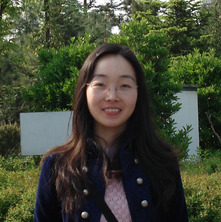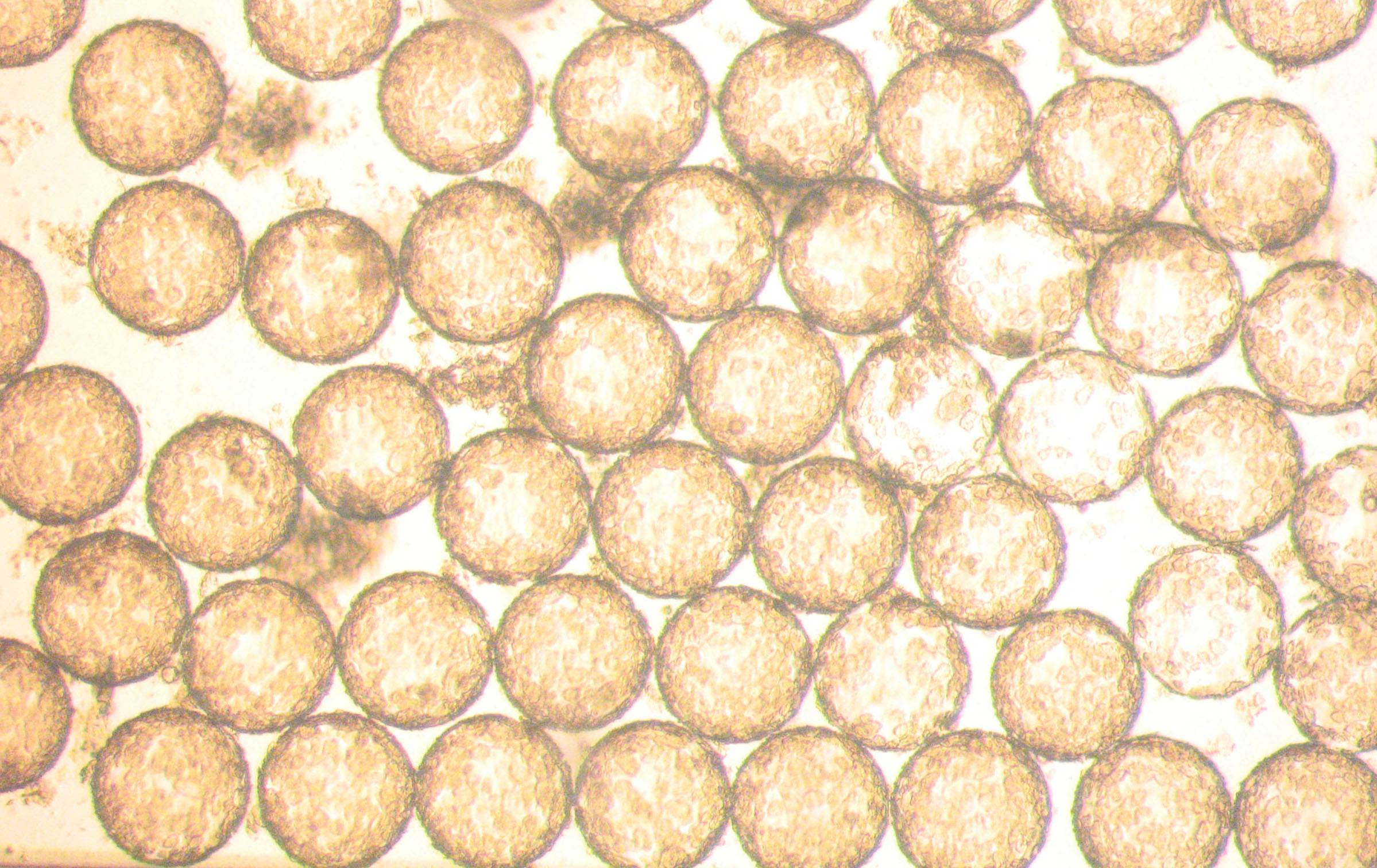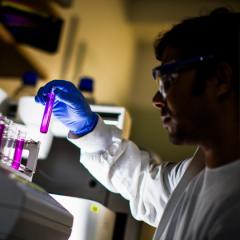AIBN group leader Dr Chunxia Zhao is developing novel bio-inspired functional materials for applications in controlled release and drug delivery.
 One of her particular interests is designing nanocapsules that can release their therapeutic payload in a controlled and sustained way over time.
One of her particular interests is designing nanocapsules that can release their therapeutic payload in a controlled and sustained way over time.
In recent years, nanoparticles have become a new way to deliver drugs, but the process of getting those drugs into the nanoparticle can lead to a lot of waste, Zhao explains.
It usually involves diffusing the drug through existing pores in the nanoparticle’s surface, yet because of the laws of diffusion, quite a lot of the drug won’t make it in. At best, the solution will reach equilibrium between the amount of drug inside the particle and the amount outside. As a result, the ‘encapsulation rate’, which refers to how much of the drug ends up inside the nanoparticle, is quite low – around 30% or 40%.
Zhao wanted to move away from this diffusion approach altogether, and wondered: instead of trying to load the drug into an existing nanoparticle, what if you form a nanocapsule around the drug?
The design, she says, “is bioinspired by how diatoms form in nature.”
Diatoms are ancient single-celled organisms that have a distinguishing feature: they have an inorganic cell wall made of silica. Silica is actually a very useful molecule in nanotechnology and possesses a number of qualities that you’d want in a drug delivery capsule, such as good biocompatibility, physical and chemical stability.
The silica cell walls of diatoms are actually made by proteins, so Zhao and her colleagues decided to design peptides or proteins to use to make nanocapsules.

First they dissolve the drug inside an oil core, then they add the protein solution.
“The protein catalyses the formation of silica capsule,” she explains.
The oil-dissolved drug becomes surrounded by a layer of silica.
Moreover, nothing is wasted. “We get 100% encapsulation rates.”
It’s also less toxic than other approaches, she says. “These proteins just do their job under room temperature and without adding toxic chemicals. We just use very biocompatible components.”
She is very happy with the progress they have made so far.
“It’s the first time people can use such a simple method to make such a complex structure with very well defined properties in a controlled way.”
Zhao is also developing a testing method that better represents the way a living tumour would respond to drugs.
Different patients have different cell profiles in their tumours, she says. “It’s not one size fits all where one kind of drug treats all patients.”
Unfortunately, there’s currently no way to predict which drug will work the best for any individual patient.
Zhao’s tumour-on-a-chip device involves putting a 3D tumour structure onto a microchip, then flowing potential cancer drugs through the tumour structure to evaluate their efficacy.
“The simulated blood flow carries nanoparticle-based therapeutics around and into the tumour, just as it would in a biological system,” she says. “It’s a simple method that replicates human biological processes.”
The chip enables real-time observations, monitoring and analysis of what happens when the therapeutic drugs are used to treat the tumour cells.
“We can run different therapies to see which one is more suitable for a patient and then we know which therapy will be the best for them. It’s personalised medicine.”
Zhao says she has been inspired by previous supervisors who always inspired her to do more.
As for life outside the lab, Zhao’s interests are somewhat musical. She likes to sing and dance, but doesn’t have as much time to dedicate to this as she used to. Now, her young son is learning piano and violin, so she enjoys following the lessons along with him.
“Actually, I learn a lot from him,” she says.
“It’s time we can spend together and do something very interesting for both of us.”
Media: communications@aibn.uq.edu.au


